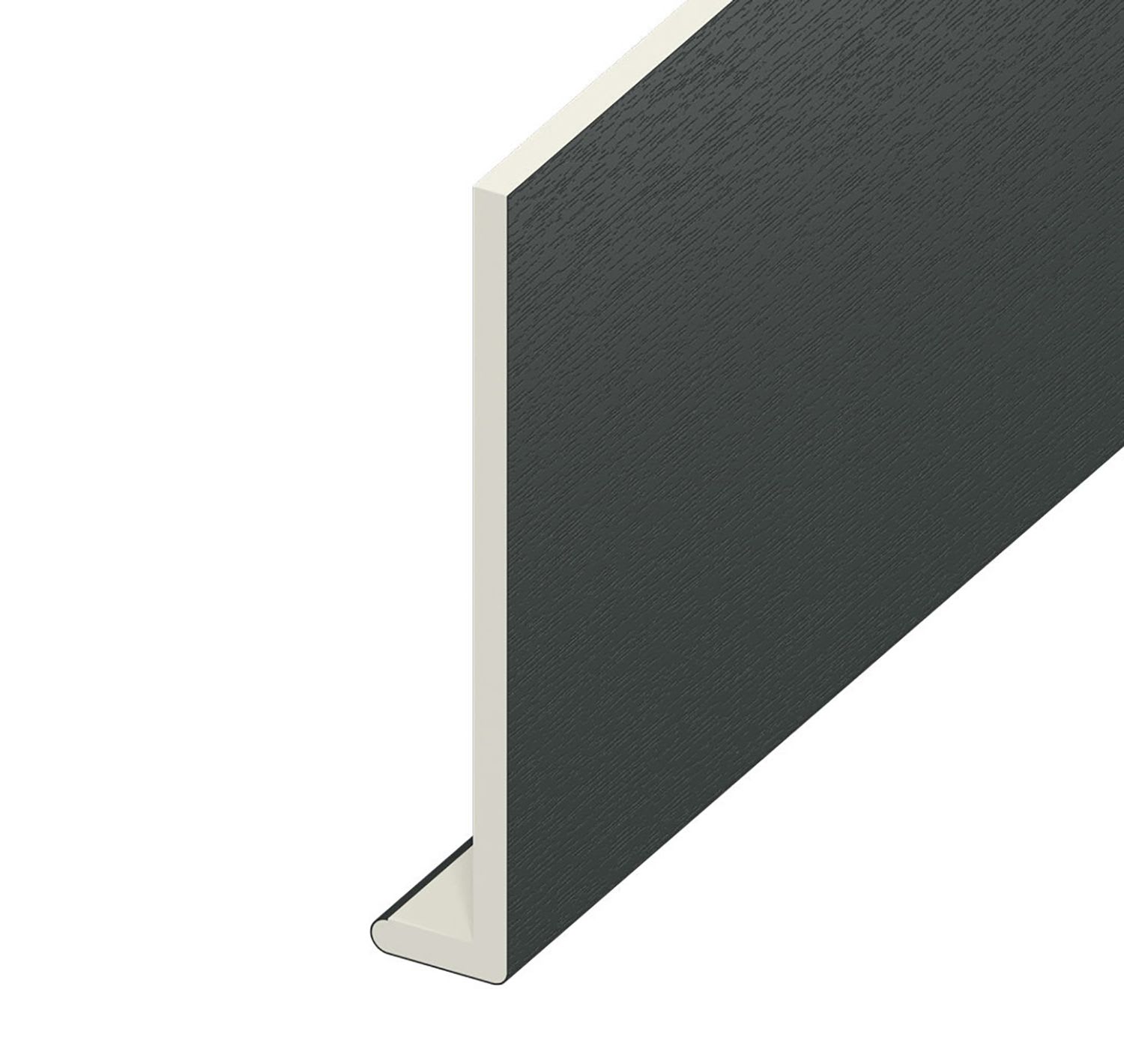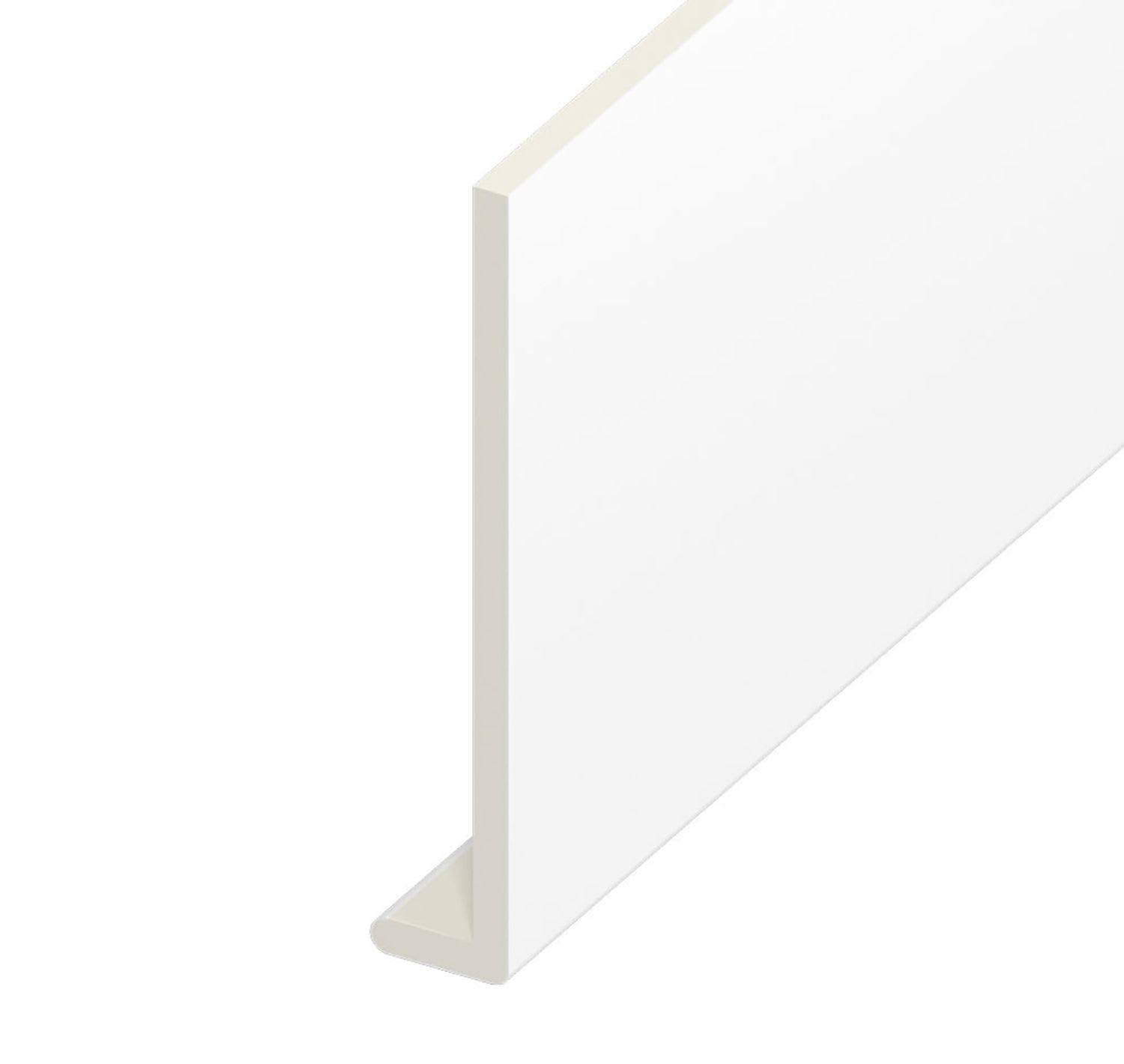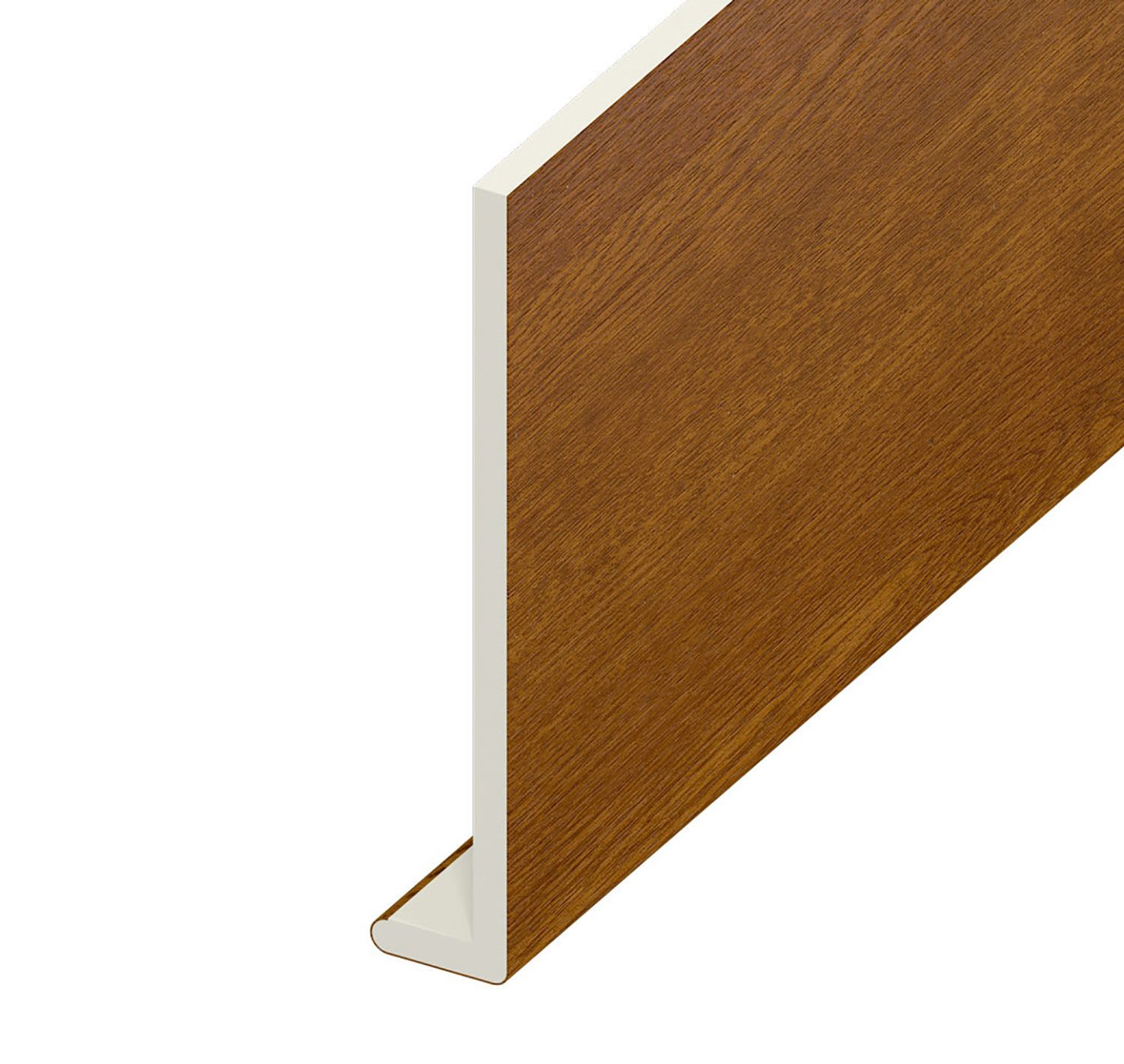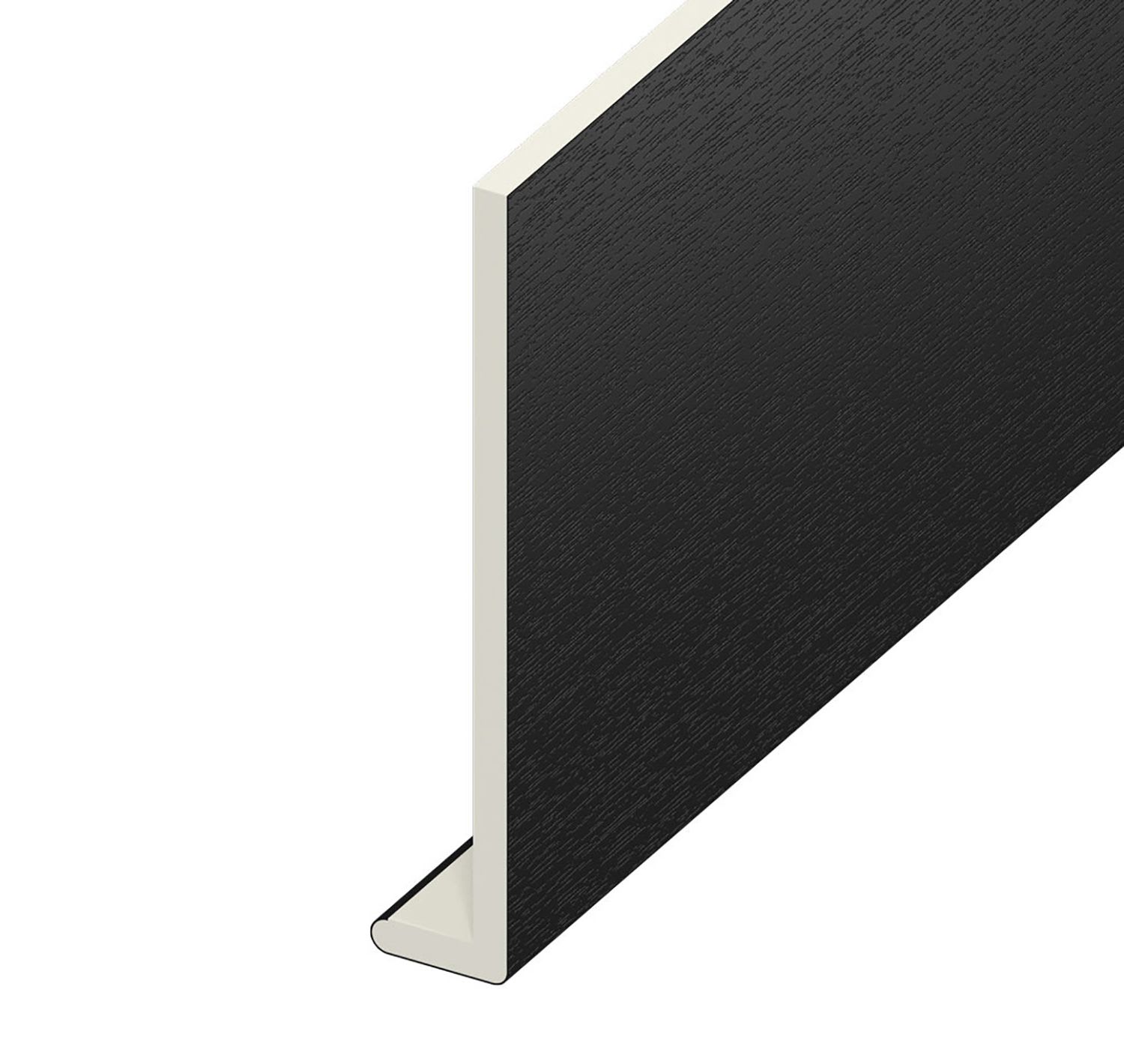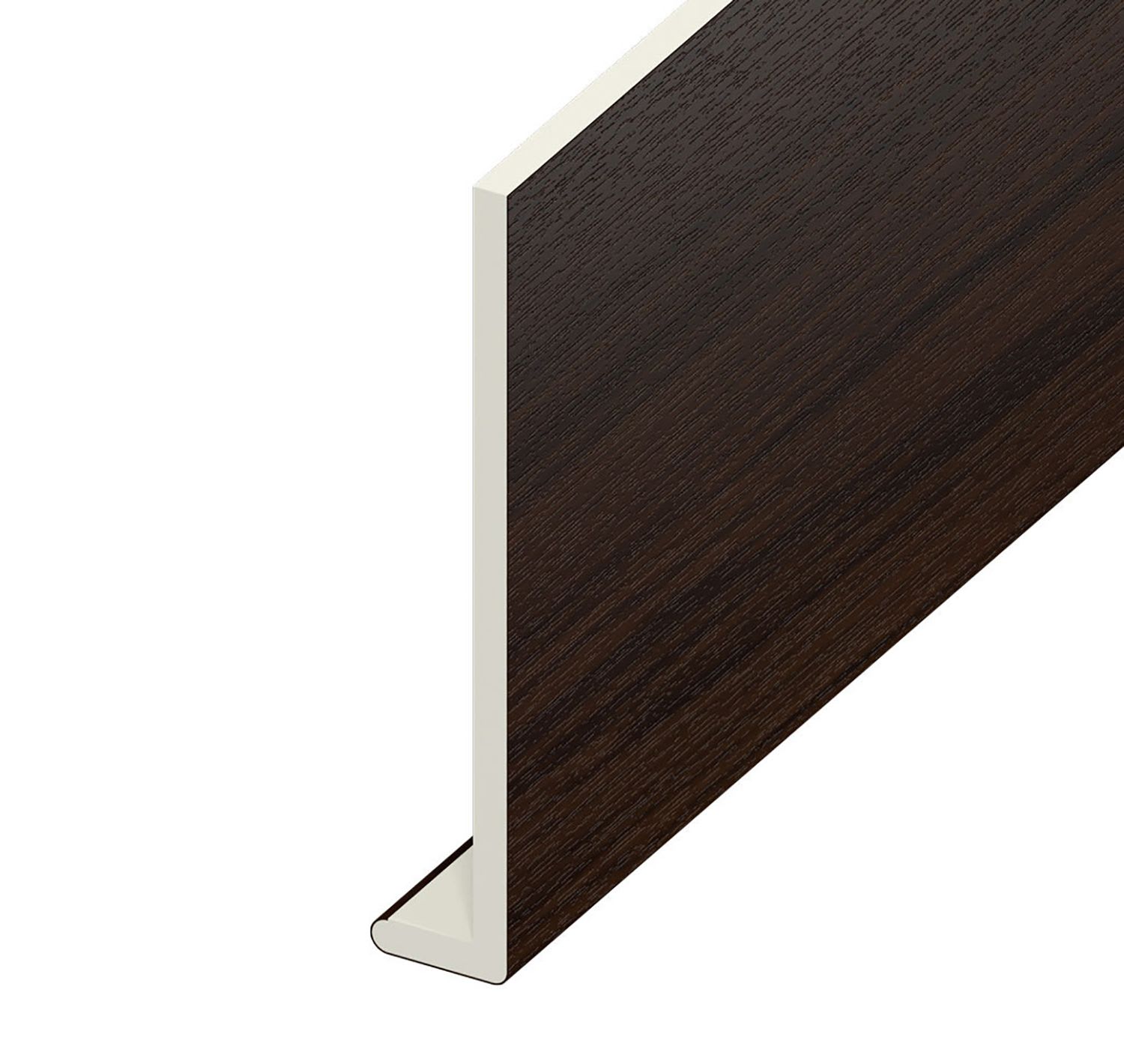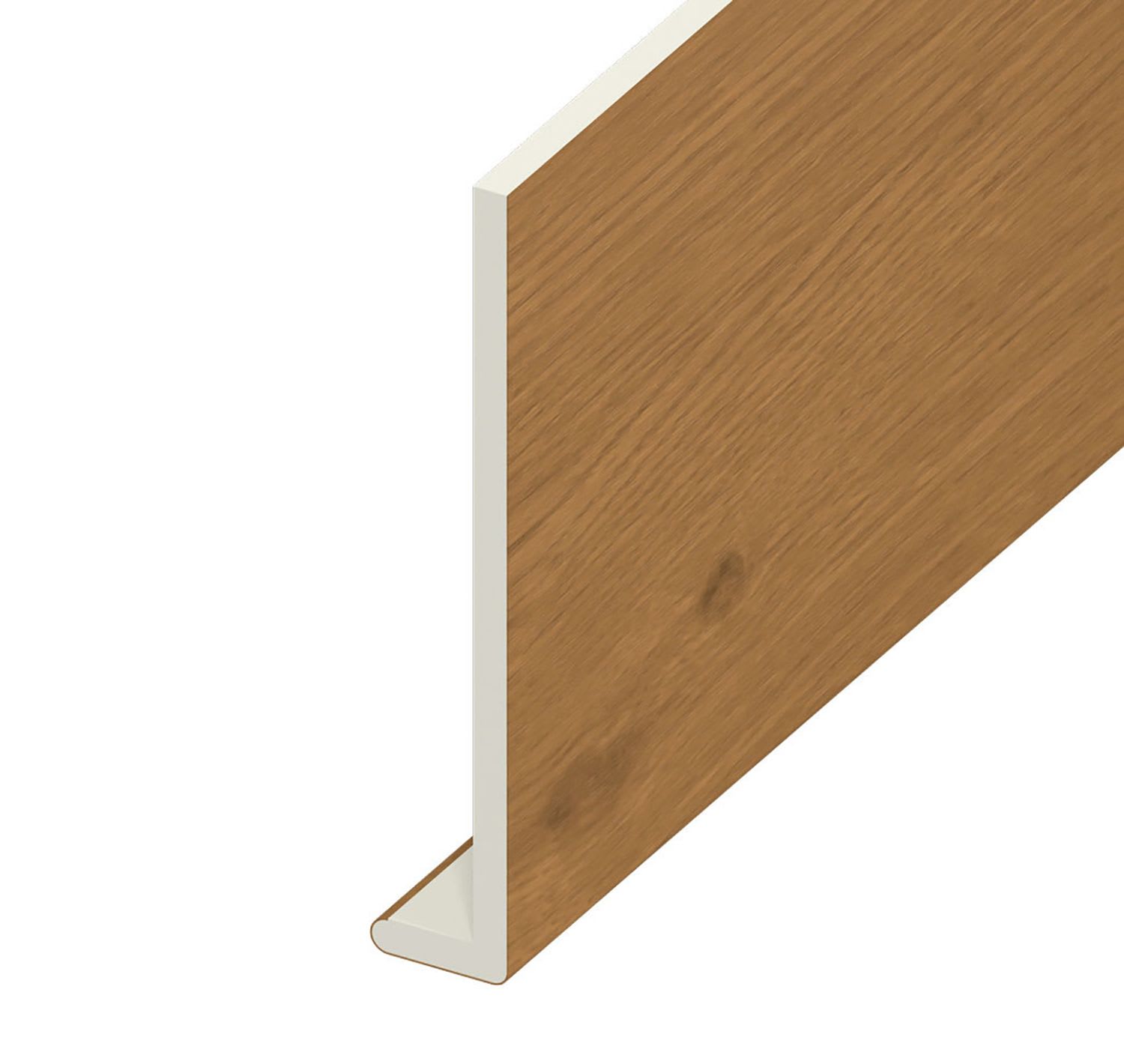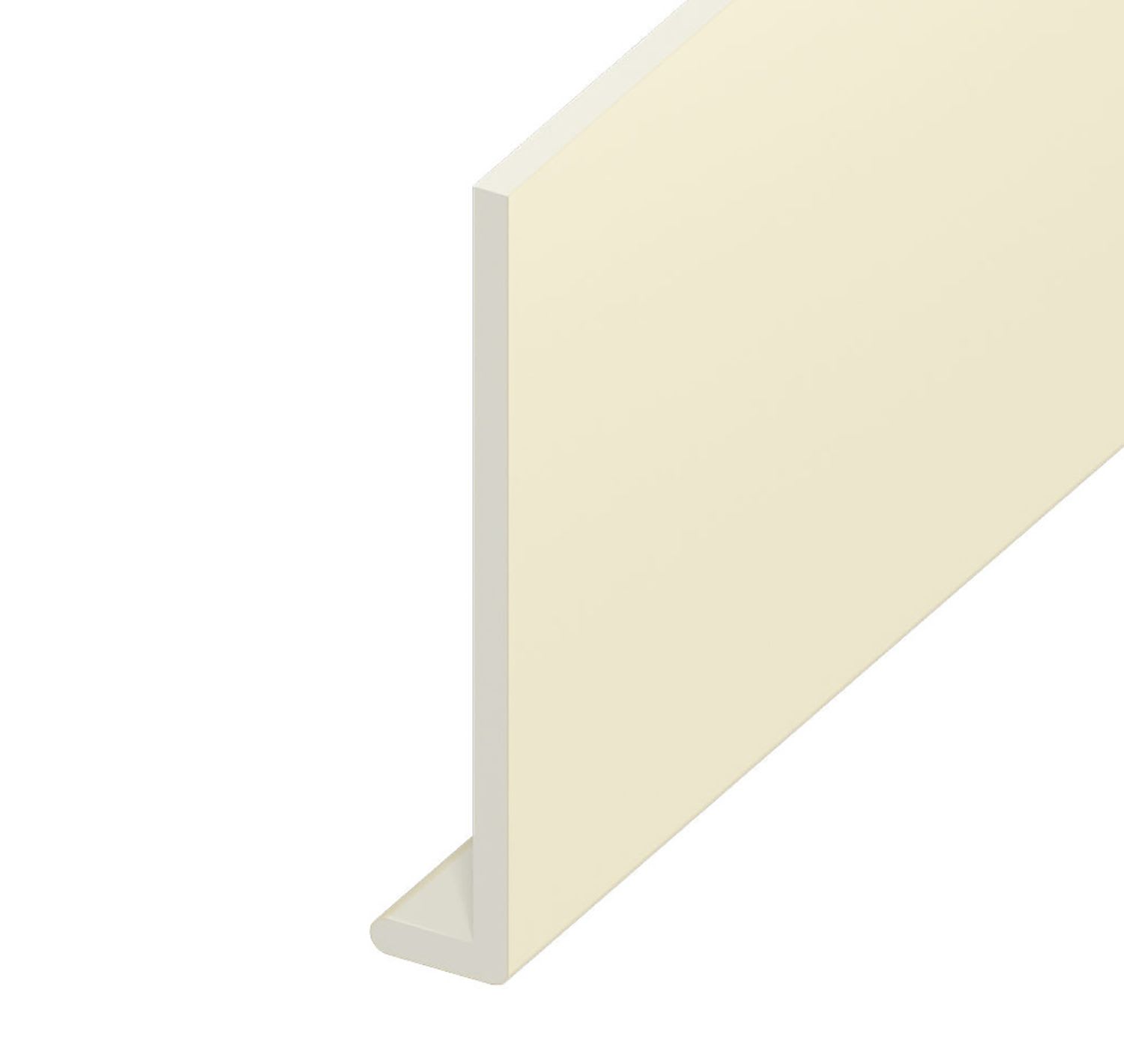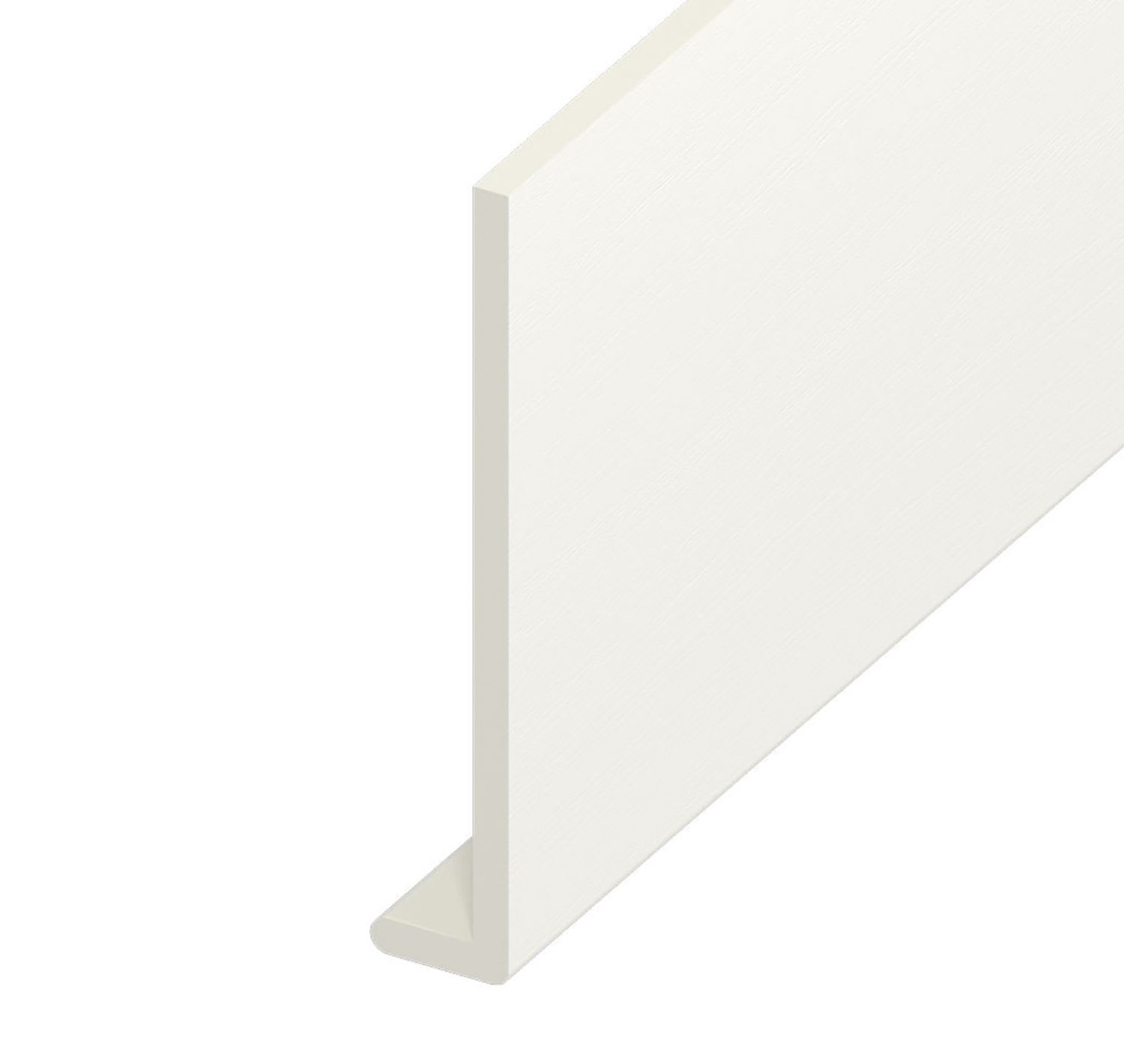Capping Boards
(35 Products)Capping boards are thin uPVC profiles designed specifically as a cosmetic overlay and protective layer for existing timber fascia boards at the roofline. Their primary purpose is to offer a quick, cost-effective way to refresh the appearance of tired but structurally sound timber fascias, providing a clean, low-maintenance, and weather-resistant finish without the need for full replacement. Crucially, capping boards are not load-bearing and must only be installed over timber that is verified to be completely free from rot and decay, as they rely on the existing board for structural support, including any guttering fixed through them. This distinguishes them from thicker (16mm+) replacement fascia boards, which are designed to fully replace timber fascias and attach directly to roof rafters.
What are Capping Boards?
Capping boards, sometimes called 'cap-over' or 'cover' boards, are thin uPVC boards specifically designed to be installed directly over existing timber fascia boards. Their primary purpose is to provide a protective and decorative covering, concealing the old timber and creating a fresh, weatherproof finish.
It's crucial to understand that capping boards are different from full replacement fascia boards. Replacement boards are thicker (often 16mm+) and are designed to be load-bearing, fixed directly to the roof rafters to support guttering. Capping boards are not load-bearing on their own and must be fixed to existing timber fascias that are structurally sound and free from rot.
Applications
Capping boards are the ideal solution only when the existing timber fascia boards are structurally sound, solid, and completely free from rot or significant decay. If the underlying timber is compromised, it cannot provide adequate support for the capping board and guttering, and full replacement fascia boards should be used instead.
Always thoroughly inspect the existing timber before deciding to cap over it.
Benefits
- Cost-Effective Renovation: Significantly cheaper than the full removal and replacement of existing timber fascias, both in material and labour costs.
- Quick & Easy Installation: Fitting directly over existing boards makes installation faster and less disruptive.
- Improved Aesthetics: Instantly refresh tired, peeling, or discoloured timber fascias with a clean, modern uPVC finish available in various colours.
- Low Maintenance: uPVC requires no painting or staining. Simply wipe clean occasionally with soapy water to maintain its appearance.
- Weather Protection: Creates a durable, weather-resistant barrier, protecting the underlying timber from rain, wind, and UV exposure.
- Durable & Long-Lasting: High-quality uPVC capping boards are resistant to rot, warping, cracking, and pests, often coming with guarantees against discolouration (e.g., 10-20 years).
- Versatility: Can also be used for other applications like covering internal window boards or lining window reveals.
Maintenance
- Clean periodically (e.g., every 1-2 years) using a soft cloth or sponge and warm soapy water.
- Avoid abrasive cleaners, scouring pads, solvents, or bleach, as these can damage the uPVC surface.
- Regularly check gutters are clear to prevent overflow onto the fascia line.
- Inspect fixings and joints occasionally.
Our Range
- 200mm White Capping Board 5m
- 200mm Anthracite Capping Board 5m
- 300mm White Capping Board 5m
- 300mm Anthracite Capping Board 5m
Frequently Asked Capping Boards Questions
How Are Capping Boards Installed?
Installation typically involves removing guttering, thoroughly inspecting (and repairing/treating if necessary) the existing timber fascia, cutting the capping board to size, and fixing it securely over the timber using appropriate plastic-headed stainless steel nails (e.g., A4 grade). Joints and corners are finished with compatible uPVC trims, leaving appropriate expansion gaps. Guttering is then re-attached, ensuring fixings go through into the solid timber behind.
Can I Use Capping Boards If My Current Fascia Boards Are Rotten?
No. Absolutely do not install capping boards over rotten or decaying timber. This traps moisture, accelerates the rot, compromises the structural integrity (as capping boards rely on the timber for support), and will lead to premature failure and potentially more expensive repairs later. Rotten timber must be fully replaced.
Will Installing Capping Boards Affect My Roof Ventilation?
Capping boards themselves don't inherently block ventilation, but the process of renovating the roofline is a critical time to ensure adequate ventilation exists. If the original roofline relied on gaps or vents that get covered or altered, you must ensure alternative ventilation is provided, either through continuous over-fascia vents (installed above the capping board), soffit vents, or eaves vent trays, to comply with Building Regulations (BS 5250) and prevent condensation in the roof space.
How Do Capping Boards Connect With Soffit Boards?
Most capping boards feature a return leg along the bottom edge. This 'L' shape provides a groove or rebate into which a soffit board can be slotted, offering support and a neat finish. Ensure the chosen soffit board thickness is compatible with the capping board's return leg design.
Are Capping Boards Compatible With All Types of Guttering?
Yes, capping boards themselves don't restrict the type of guttering used (half-round, square, ogee, deepflow etc.). The crucial factor is that the gutter brackets must be securely fixed through the capping board and firmly into the sound timber fascia behind, using appropriate length screws capable of taking the weight of the gutter when full of water.

